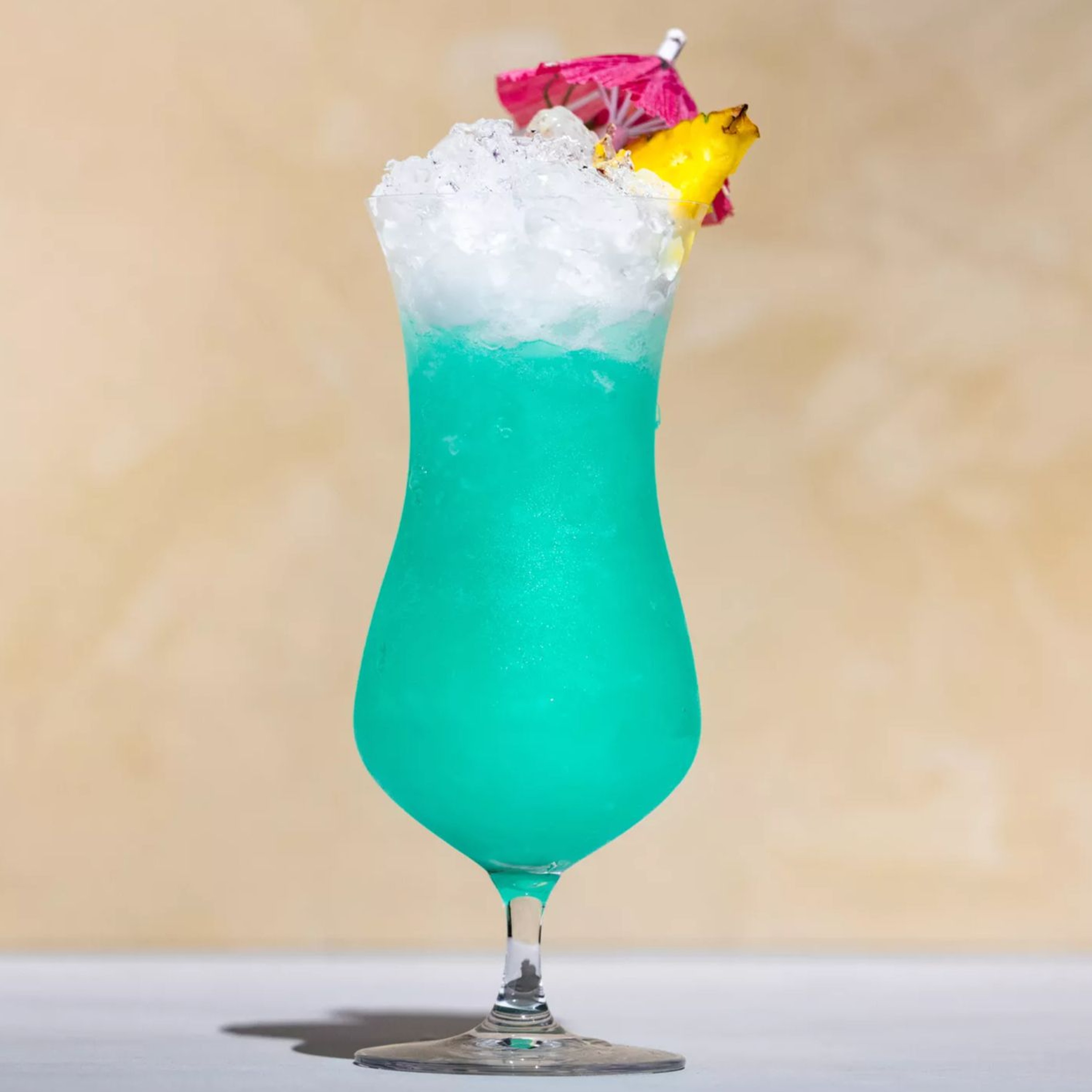WORT 89.9FM Madison
Madison Mixology: Blue Hawaii

Hey there everyone and welcome back to Madison Mixology. I'm your host and favorite segmentist Charlie Bieloski. This week we bid our farewells to summer with a proper tropical send-off. Today, I'll be teaching you about the Blue Hawaii. The Blue Hawaii got its start in 1957 at the Hilton Hawaiian Village. At around that time, the Dutch distiller Lucas Bowles, the company, not the person, ask the bartender Harry Yi to make a cocktail featuring their Blue Curacao, which is a Caribbean citrus liquor with a blue color. Eventually, after a few trials, he settled on a cocktail that featured a lot of the ingredients that are still in use today, which include rum, the previously mentioned Blue Curacao, vodka, and pineapple. About four years later, in 1961, the Blue Hawaii supposedly received its name from Elvis Presley's movie of the same name, more specifically the title song. Yi named the drink, along with many others with the same tropical genre. That, along with other stylized tiki bars made popular at the time, helped propel tiki culture into the mainstream before Hawaii was even a state. Yi was even the man to introduce tiny umbrellas into cocktails. From here, the drink's popularity sees it move to mainland USA and eventually the rest of the world. Using the same set of ingredients, it can either be drank on the rocks, shaken, or blended together with ice. Depending on where you order it might determine how you end up getting it. Today, we're serving it on the rocks, with the ingredients used for an authentic and original taste. We start out with a highball glass with ice, then add three-quarters ounce of vodka and light rum each. After that, add in a half ounce of Blue Curacao, three ounces of pineapple juice, and an ounce of sweet and sour mix and top it off with a tiny umbrella. Then it's time to imbibe. Tropical. Very, very sweet. But at the same time, it's got that little bit of sourness to it. It's really unique in its flavorings. This is definitely something that I've seen and had a lot of in the past. I'm a big fan of like more tropical kind of fruity drinks like that where you can't really taste a lot of the alcohol. And it's definitely something that you could definitely be seen ordering at a bar, usually somewhere maybe in like Florida or somewhere more tropical in weather. I myself am not the biggest fan of Blue Curacao. However, the pineapple juice definitely blends well with the citrusy kind of taste that comes from such a liqueur. There are a few drinks that have spawned from this, including the Blue Hawaiian, which includes creme de coconut in the mix for an even more tropical taste. If you're not a fan of creme de coconut, however, it can be substituted for coconut milk or even just malibu rum in the place of the light rum that's usually used. Either of these drinks tend to be blended with ice and served in more whimsical glassware, such as cocktail glasses or tiki mugs, or even carved out coconuts and pineapples. No matter the mix, however, Blue Curacao is a staple seen throughout all variations. Another neat tip as well. Sometimes the yellow of the pineapple juice can blend with the Curacao to give the drink a more jade or aqua green color. A good way to avoid this is to allow time for the pineapple juice to settle and separate, and then pour the clear settle juice in on its own. This drink is easy and inexpensive to make, and usually served as a punch at big events. Try one at your next party, and I'll see you next week for another installment of Madison Mixology. I'm Charlie Bieloski.
This week on “Madison Mixology,” we fly out to Hawaii and bid farewell to summer.
Feature contributor Charlie Belawski has the ins and outs of the “Blue Hawaii” – and its relation to tiki culture and Elvis Presley.